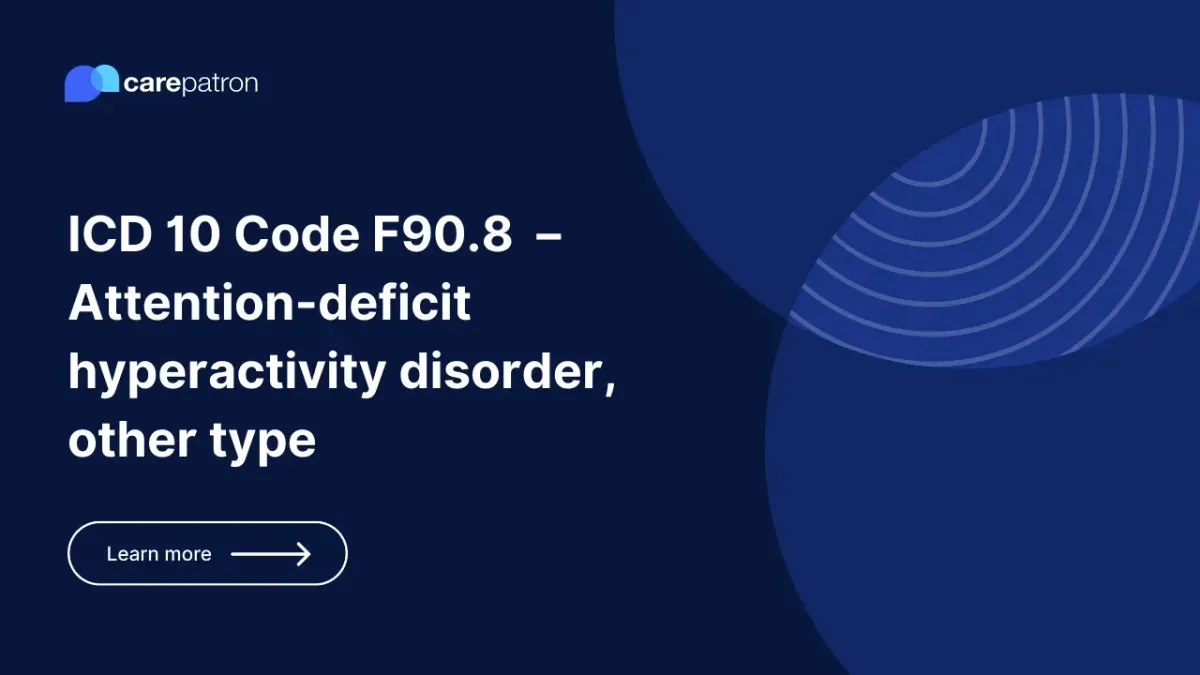
F90.8 – Attention-deficit hyperactivity disorder, other type
Discover F90.8 - ADHD, other type. Gain insights into its clinical significance, billability, related ICD-10-CM codes, synonyms, and more.
Use Code
EHR and practice management software
Get started for free
*No credit card required
Free
$0/usd
Unlimited clients
Telehealth
1GB of storage
Client portal text
Automated billing and online payments
